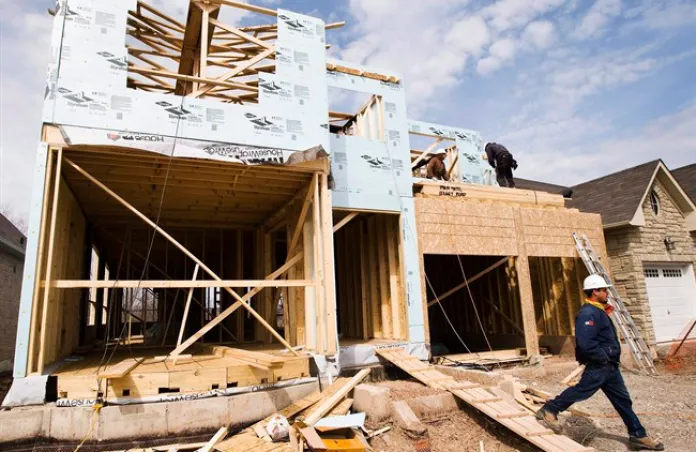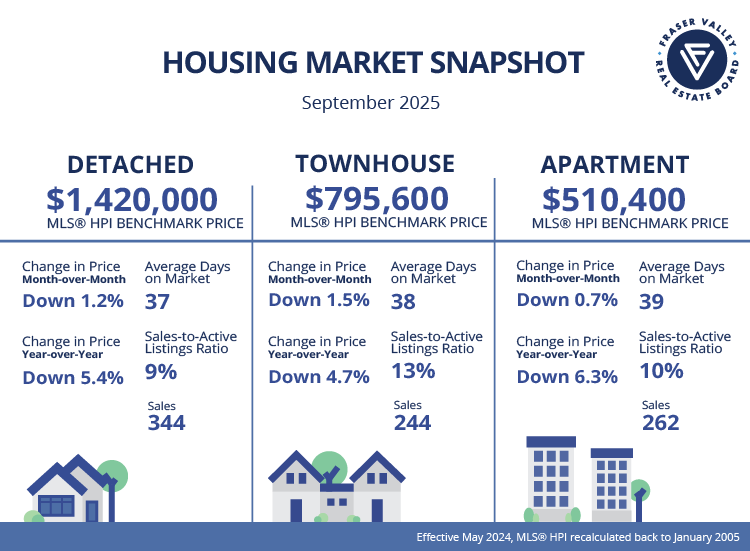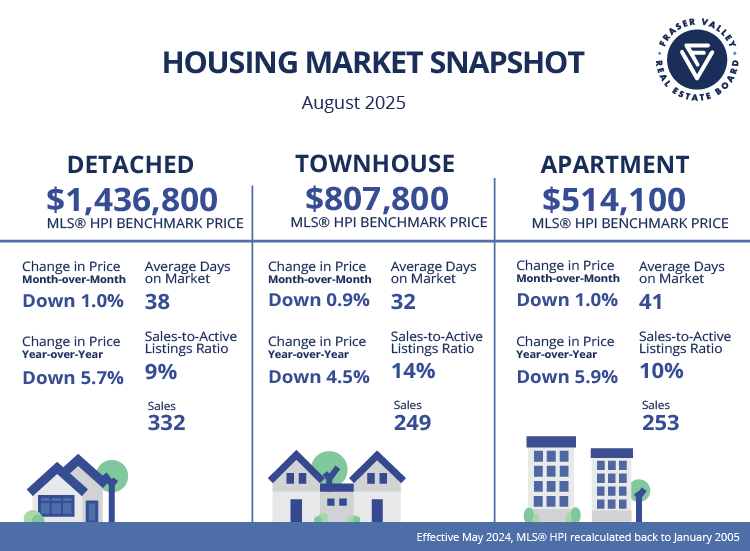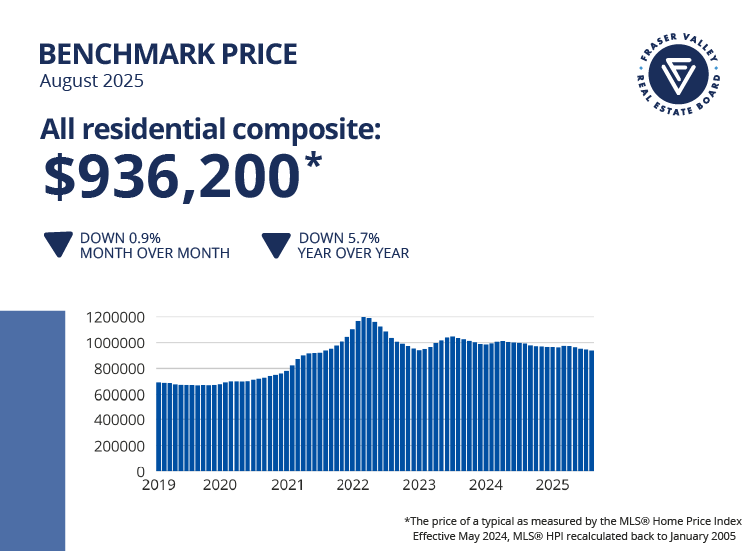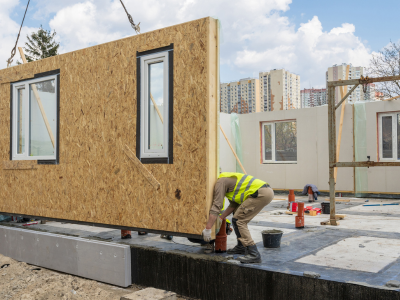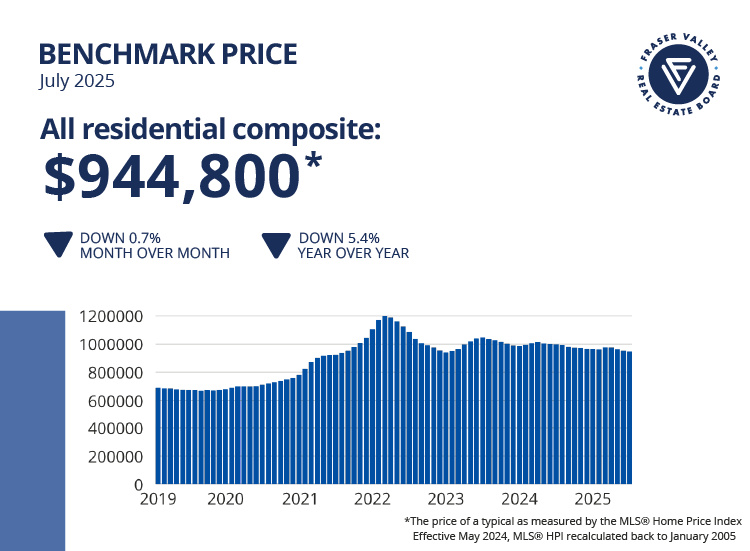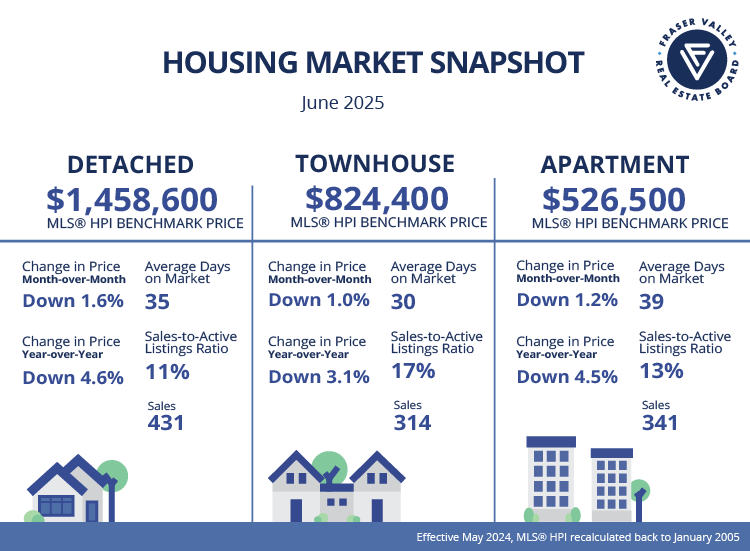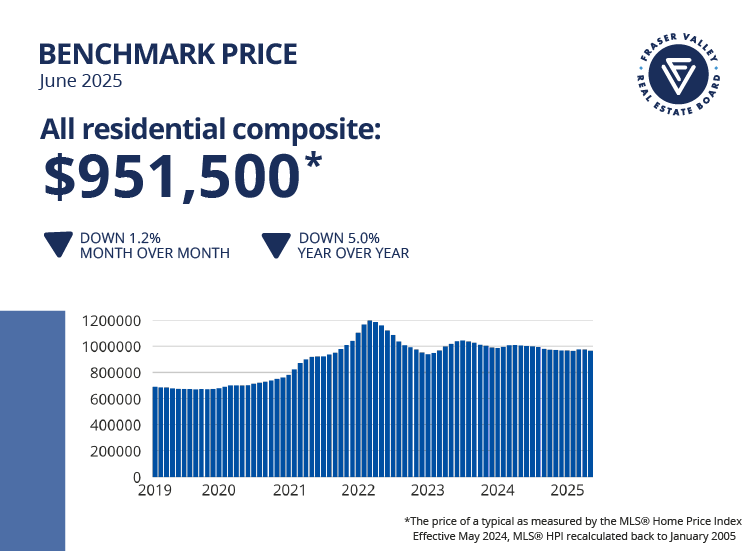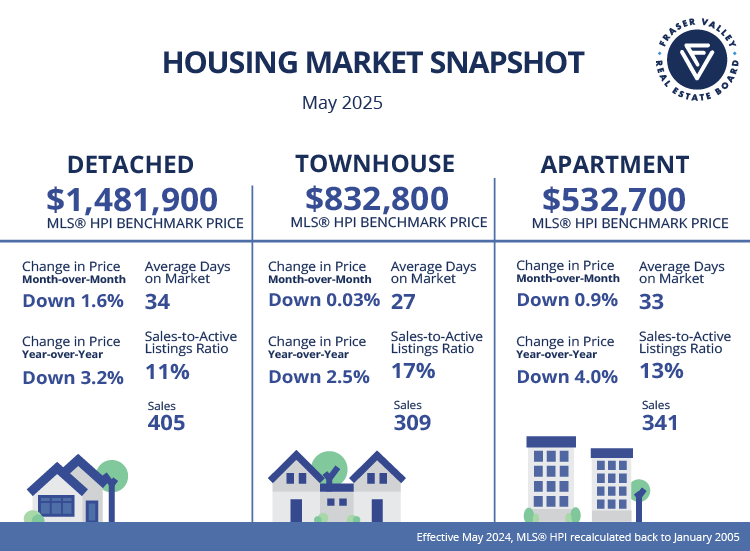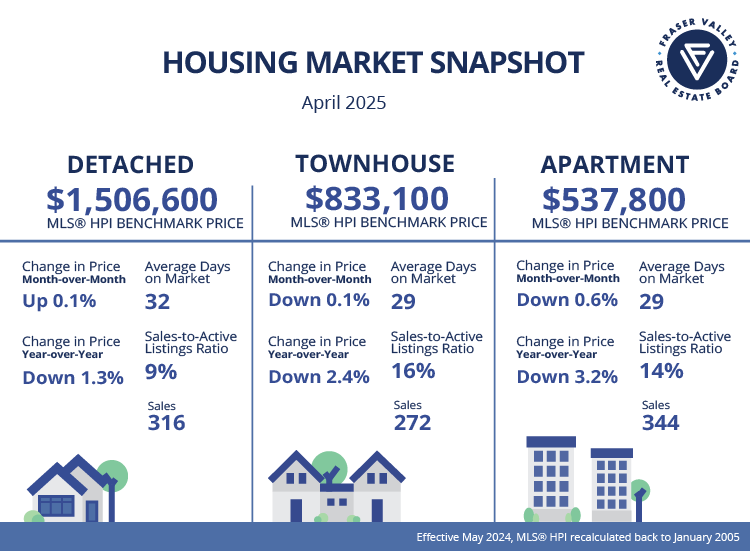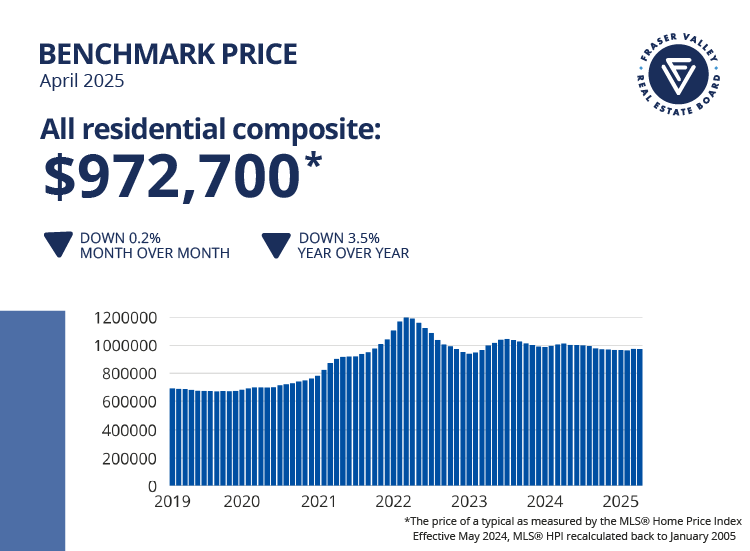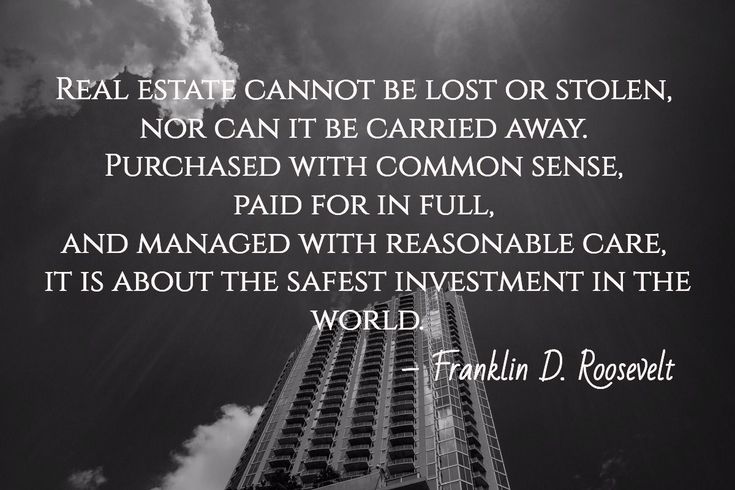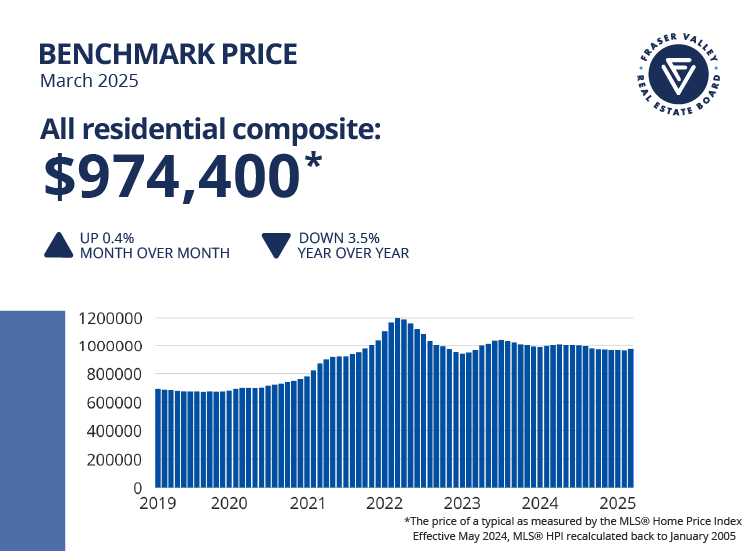Home Safety Tips for the Holidays
How to Keep Your Home, Family, and Festivities Safe This Season
The holidays are a time for celebrating, reconnecting, and creating memories—but they also bring a unique set of safety risks. With travel plans, extra decorations, expensive gifts, and a busier-than-usual schedule, home accidents and crime tend to spike this time of year.
The good news? A few simple precautions can go a long way in protecting your home and keeping your family safe. Here are 8 practical holiday home-safety tips every homeowner should follow:
1. Make Your Home Look Lived-In
An empty house is an easy target—so give yours that “someone’s home” vibe.
Leave a couple of lights on, play some music, or use plug-in timers to turn lamps on and off throughout the day. Most hardware stores carry inexpensive, easy-to-use options.
2. Skip the Social Media Travel Announcements
As tempting as it is to post your holiday getaway, doing so tells the world your home is empty.
Save the photos and stories for when you return.
3. Pause Your Mail & Packages
Piled-up mail or newspapers are a flashing billboard that no one’s home.
Place a hold on deliveries or ask a trusted neighbour, coworker, or friend to pick them up while you’re away.
4. Use the Driveway to Your Advantage
If you're travelling, ask a neighbour to park in your driveway occasionally.
A random vehicle coming and going helps create the illusion of normal activity.
5. Hide the Evidence of Expensive Gifts
Leaving large boxes—like TVs, gaming systems, and electronics—on the curb is like advertising what’s inside your home.
Break down boxes and bag them instead to keep your new items private.
6. Secure Your Holiday Tree
Kids, pets, and a top-heavy Christmas tree don’t mix.
Make sure your tree is:
Mounted on a sturdy base
Hydrated with water or wet sand to reduce fire risk
A secure base helps prevent accidents and keeps your tree from drying out.
7. Keep Wrapping Paper Out of the Fireplace
Burning gift wrap may seem festive, but it can release toxic fumes—and flames can spread faster than expected.
Avoid burning scrap wood, branches, or parts of your old tree, too. These can create extremely hot, dangerous fires and damage your chimney.
8. Inspect Your Holiday Lights
Before hanging or plugging anything in, check for:
Broken bulbs
Frayed or cracked cords
Loose connections
A few minutes of inspection can prevent electrical issues and potential fires.
With a little planning, your home can stay safe and secure while you focus on what matters most—enjoying the holidays with the people you love. If you ever need advice about home safety, maintenance, or local real estate updates, I’m always here to help.
Stay safe, stay warm, and have a wonderful holiday season!

Wishing you and your loved ones a joyful Christmas season filled with warmth, laughter, and memorable moments.
Thank you for trusting me with one of life’s biggest decisions — it’s an honour to be part of your story.
From my family to yours, Merry Christmas and Happy Holidays!
May the year ahead bring you comfort, opportunity, and a place you’re proud to call home.

Langley’s Brightest: The Top Holiday Light Displays to See This Season
There’s something magical about piling into the car, turning up the Christmas tunes, and exploring Langley’s most spectacular light displays. Whether you’re a family on the hunt for festive fun or just love a good sparkle show, these stops will make your holiday season shine.
✨ 1. 5003 209 Street – The Peace House
If you’re looking for lights with heart, this one’s for you.
The theme at this home is “Peace,” and the owners have turned their property into a glowing tribute to the season’s true spirit. Thousands of twinkling lights illuminate from 4:30 p.m. to midnight daily until January 15, 2026. Visitors are welcome, and donations are being accepted for colon cancer research and support.
🎅 2. Wejr Winter Wonderland – 26936 28A Avenue
Eight-foot Santa? Check. Thousands of lights and decorations? Check.
The Wejr family goes all out with their Winter Wonderland, open December 1 through January 4, from 5 to 11 p.m. nightly. It’s one of Aldergrove’s most beloved stops, with enough glow to make Clark Griswold proud.
🚗 3. Holiday Lights in Williams Park – A Langley Classic
This one’s a must-see. The Holiday Lights in Williams Park is a free drive-through event running from December 13 to 28 (closed Dec. 24 – 26).
You’ll weave through a glowing forest filled with light tunnels, giant displays, and festive cheer — all from the warmth of your car.
📍 68 Avenue & 238 Street, Langley
🕔 Open 5 – 9 p.m. nightly
💻 Pre-registration required at tol.ca/holidaylights
Donations are optional and support the Aldergrove Food Bank (debit/credit only — no cash or food on-site).
🌟 4. Horompoly Family Light Display – 23924 68 Avenue
Just down the road from Williams Park, the Horompoly family transforms their home into a glowing wonderland every year. With more than 100 lit figures, 14 trees, and thousands of twinkling lights, it’s an absolute must-see.
Open December 1 to January 1, from 5 to 10 p.m. daily, this local favourite is a perfect finale for your Langley light-tour route.
🎁 Bonus Tip: Plan Your Route and Make It a Night Out
Warm drinks, cozy blankets, and a good playlist go a long way. Make an evening of it — hit all four stops in one night, or spread them out through December.
💡 Final Thoughts
Langley really shines this time of year — literally. From drive-through light shows to heartfelt home displays, these festive spots capture everything we love about the holidays: community, creativity, and giving back.
So, grab the family, hop in the car, and let the lights guide you to a little holiday magic — right here at home.
Early fall momentum slows as Fraser Valley sales dip in November
SURREY, BC – Easing prices and abundant inventory weren’t enough to entice buyers to the Fraser Valley market in November, as sales declined in line with seasonal buying patterns.
The Fraser Valley Real Estate Board recorded 943 sales on its Multiple Listing Service® (MLS®) in November, a 16 per cent decrease from October, and 17 per cent below sales from the same month last year.
New listings slowed again in November, down 26 per cent month-over-month and seven per cent year-over-year, to 2,210. Overall inventory remains well above seasonal norms for the Fraser Valley, with 9,201 active listings, down nine per cent from October and 47 per cent above the 10-year seasonal average.
“Affordability concerns and economic pressures are weighing heavily on many Fraser Valley households,” said Tore Jacobsen, Chair of the Fraser Valley Real Estate Board. “Our REALTORS® understand how personal and complex these decisions are. But there are encouraging signs for buyers. Composite prices are closer to early-2023 levels, inventory has improved, and there is more space to negotiate than we’ve had in recent years.”
The Fraser Valley remains firmly in a buyer’s market, with an overall sales-to-active listings ratio of 10 per cent in November, down one per cent from October. A balanced market is typically defined by a ratio between 12 and 20 per cent.
Across the Fraser Valley in November, the average number of days to sell a single-family detached home was 52 days, while for a condo it was 41 days. Townhomes took, on average, 37 days to sell.
"With mortgage conditions tightening, buyers are encountering increased scrutiny and higher down payment expectations from lenders,” said Baldev Gill, CEO of the Fraser Valley Real Estate Board. “These constraints can delay transactions and influence overall activity in the market. That’s why working with an experienced REALTOR® is critical — someone who understands the landscape and can guide clients through these obstacles with confidence."
The composite Benchmark price for a typical home in the Fraser Valley decreased 0.7 per cent in November, to $912,400.
MLS® HPI Benchmark Price Activity
Single Family Detached: At $1,405,500 the Benchmark price for an FVREB single-family detachedhome decreased 0.6 per cent compared to October 2025 and decreased 5.4 per cent compared to November 2024.
Townhomes: At $778,700 the Benchmark price for an FVREB townhome decreased 0.8 per cent compared to October 2025 and decreased 6.8 per cent compared to November 2024.
Apartments: At $496,500 the Benchmark price for an FVREB apartment/condo decreased one per cent compared to October 2025 and decreased 6.9 per cent compared to November 2024.
For the latest statistics package, click HERE
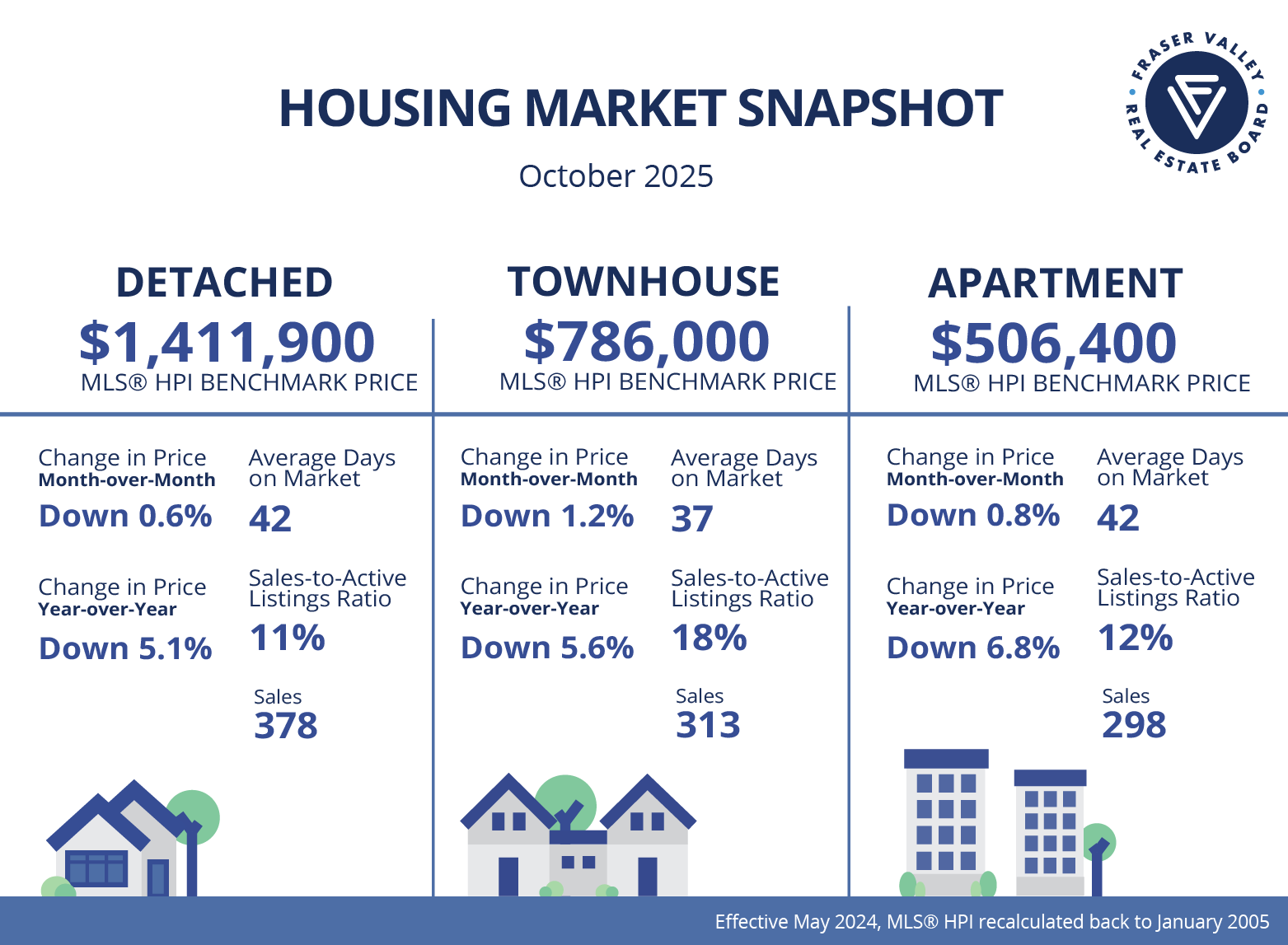
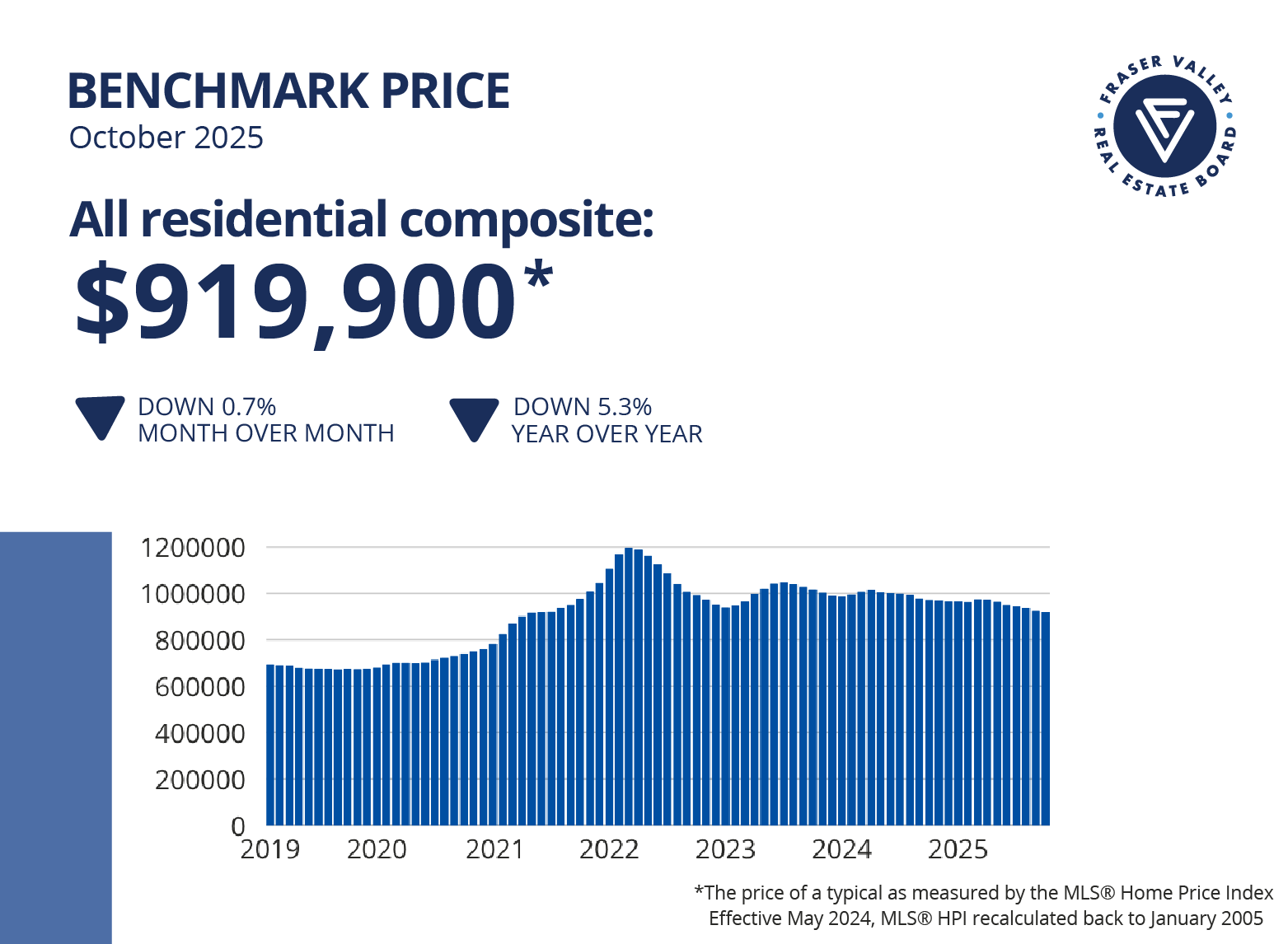
If you have any questions, feel free to reach out. I am here to help:


